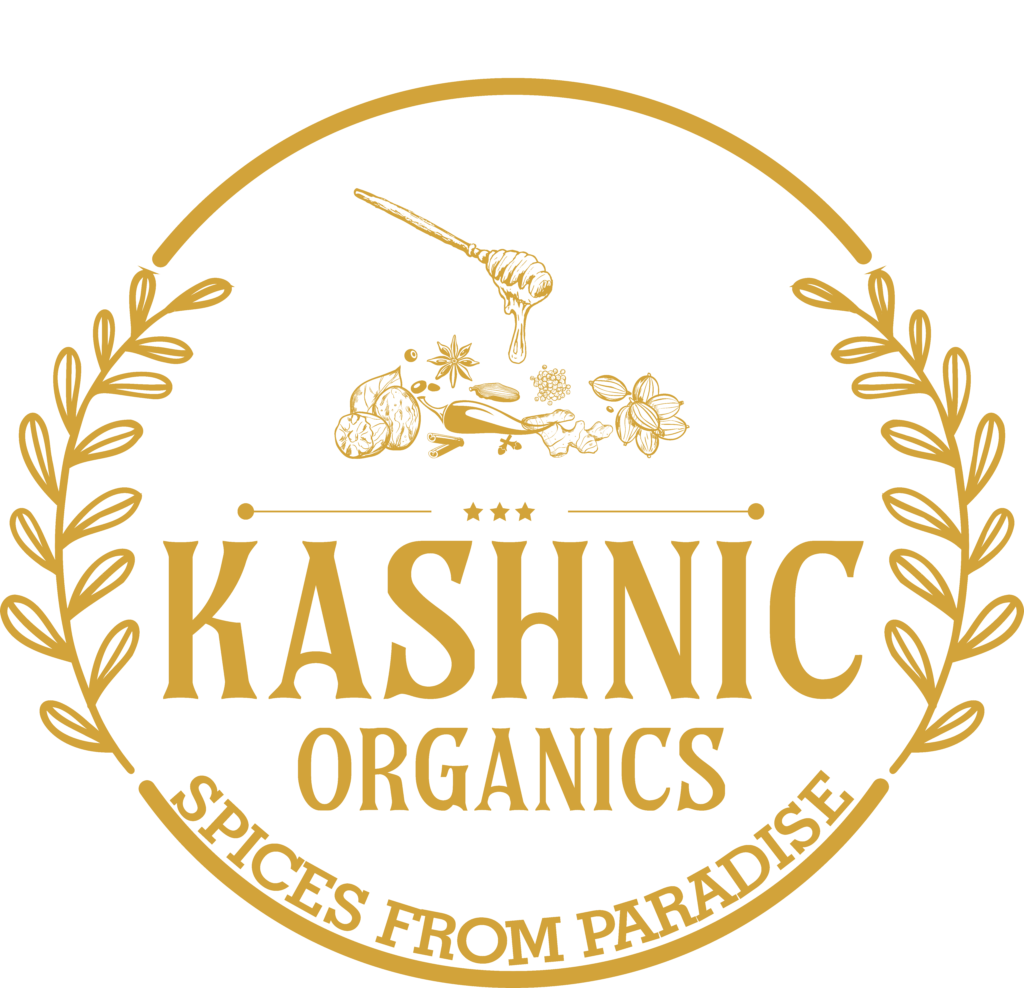What’s A Product Operating Model? Definition And Overview
A Product Operating Model is a comprehensive framework inside a corporation that defines how groups and processes come together to deliver value via products. It integrates cross-functional efforts, aligning them with the organization’s strategy and buyer wants. The relationship between the POM, different working models, playbooks, enterprise imaginative and prescient and technique, product visions and techniques, and the enterprise structure and technology imaginative and prescient. Examples of Product Operating Models may vary depending on the industry, group measurement, and particular product development needs.
Organizations usually progress through numerous levels of maturity as they adopt a product-centric approach. In this publish, we’ll discover the essence of the product working mannequin, its impression on enterprise performance, and greatest practices for implementation. We’ll also delve right into a real-world case research of Texas Mutual Insurance Company, which successfully adopted this approach to enhance their operational agility and market responsiveness. Join us as we uncover the transformative power of a product-centric mindset and the method it can propel your group right into a future of sustained growth and innovation. In this mannequin, product development follows Agile methodologies similar to Scrum or Kanban. Cross-functional groups work briefly iterations or sprints to ship incremental worth to prospects.

Organizations often look to case studies and benchmarks to gauge their progress and study from the experiences of others. By understanding how similar corporations have navigated the journey to product-centric maturity, they will determine greatest practices and potential pitfalls to keep away from. Product supply is the method of building, testing and deploying a excessive quality resolution – one that is dependable, correct, performant, scalable, and delivers the necessary outcomes.
What’s A Product Operating Model?
Using a POM doesn’t imply all tasks stop; many organizations use a hybrid of projects and products to ship change. But trendy organizations that use software program to provide experiences, services and products should default to product mode and undertake a POM. The POM must doc how your cross-disciplinary, multi-functional, self-managing product and platform groups are aligned to buyer and business value streams and your technical architecture. A POM defines how you design, develop, deliver and manage products throughout their lifecycle. It describes how the varied elements of your group work collectively to execute the strategy and ship value to clients, users and the business. Regardless of the method it manifests in your mind, every model encompasses how the product group plans, executes, adapts, and contributes to business outcomes, as measured by various targets and metrics.

All these elements work against one another, impeding the bigger common objective of delivering value to prospects and performing efficiently as an organization. Texas Mutual’s case study serves as a testament to the effectiveness of adopting a product operating mannequin. For a extra detailed exploration of their transformation, readers are inspired to evaluation the complete case study. Cprime provided coaching, tooling evaluation, and customized training, that are crucial components in building the competencies required for a product-centric strategy.
Cease Guessing About Your Digital Experience With Logrocket
The extra aligned your group, staff structure, technical structure and objectives, the sooner you’ll find a way to ship customer, consumer and business worth. The Product Operating Model encourages data-driven decision-making by leveraging metrics, analytics, and feedback mechanisms to inform product strategy and prioritize options. By gathering insights into user https://www.globalcloudteam.com/product-operating-model-definition-and-importance-for-business/ conduct, market trends, and product efficiency, organizations can make informed choices that drive product success. We assessed characteristics across every of the 5 areas and 17 dimensions of the OMI through a standardized set of questions and categorized the responses based on maturity level.
It additionally permits companies to be proactive quite than reactive, permitting them to anticipate challenges and seize opportunities as they arise. An working model is essentially the blueprint that outlines how an organization delivers worth to its clients and sustains its operations. Whether you’re a startup seeking to establish a stable foundation or an established company aiming to optimise effectivity, a well-defined working mannequin could make all the distinction. Becky Flint’s insights underscore the importance of a cohesive product operations mannequin within the workflows of recent product teams.
What’s A Product And Platform Operating Model?
A deep understanding of person experience (UX) and design pondering helps groups create merchandise that aren’t solely functional but in addition delightful to make use of. This competency involves empathy for the user, a give consideration to problem-solving, and an iterative design process that seeks to constantly improve the person expertise. As technology continues to reshape industries, companies are discovering that conventional operating models not suffice. To keep forward, firms must embrace a extra dynamic strategy, one that mirrors the nimbleness of a software program firm, regardless of their sector. In the product working mannequin, cross-functional, durable teams are empowered to resolve issues for their prospects and create worth for the business. This mannequin emphasizes empathy, collaboration, and creativity within the product growth course of.

By reorienting the group around merchandise, businesses can achieve a higher diploma of focus and alignment. This framework not solely streamlines processes and accelerates supply but additionally ensures that every effort is immediately contributing to the overarching objectives of the corporate. In the following sections, we’ll discover how this framework can mature within an organization and the tangible business outcomes it can drive. Surrounding the product teams are specialized help pods, which offer the required instruments and companies that enable product groups to ship their finest work. These pods can embody data analytics, person expertise design, or buyer assist, providing their specialised companies to multiple product teams. The Product Operating Model promotes collaboration and alignment throughout cross-functional teams involved in product improvement, together with product management, engineering, design, advertising, and gross sales.
By offering a framework for managing complexity and guaranteeing consistency in processes, the mannequin supports sustainable progress and long-term success. By delineating the roles, duties, and workflows involved in product growth, the working model promotes effectivity and reduces friction in the supply course of. It establishes standardized processes for ideation, planning, execution, and supply, enabling teams to work cohesively and collaboratively. The working model should align with the business technique to ensure the efficient achievement of strategic objectives. An operating model describes how a corporation delivers value and unites cross-functional groups within the group with a single function.
It emphasizes the creation of minimum viable products (MVPs) to check hypotheses and gather feedback from early adopters. The Build-Measure-Learn feedback loop is central to this model, enabling startups to iterate rapidly and pivot as wanted. Designs user interfaces and experiences to optimize usability, accessibility, and engagement. They conduct consumer research, create wireframes and prototypes, and collaborate with stakeholders to design intuitive and visually appealing products. They prioritize the product backlog, clarify requirements, and make selections to maximise the value delivered by the product.
Key Parts In A Typical Product Working Mannequin
The working mannequin have to be designed with a customer-centric approach, making certain that processes are aligned to fulfill customer expectations at each touchpoint. This mannequin encompasses various components, including product technique, development methodologies, release management, buyer assist, and suggestions loops. By defining these components, the Product Operating Model allows efficient and effective product development and delivery, ultimately driving value for both the group and its customers. Elements of a Product Operating Model usually embrace product strategy alignment, organizational construction, roles and obligations, processes, and technology infrastructure. Organizations might adopt several types of Product Operating Models based on elements such as industry dynamics, market demands, and firm tradition. Examples include centralized, decentralized, platform-based, and customer-centric fashions, each tailored to go well with particular enterprise wants and aims.
This contains adopting agile development practices, continuous integration and supply (CI/CD), and automatic testing to make sure that merchandise can be iterated upon and launched at a excessive velocity. A dedication to technical excellence ensures that products aren’t solely useful but additionally scalable, safe, and maintainable. This involves adopting finest practices in software program development, steady integration and supply, and automated testing. An organization’s product tradition is defined by how it makes use of its expertise to create products.
- For instance, when you have alignment points or gaps between strategy and execution, start by implementing a method deployment framework, such as OKRs (Objectives and Key Results).
- It is necessary to assess how the organization’s working mannequin needs to evolve at its current inflection level to drive the most impact.
- It may seem like a quick and easy resolution to repeat what’s labored elsewhere, but it might not work for your unique tradition and context.
- The participation of the product operations staff in the following primary activities ensures that all work is focused on reaching significant outcomes.
- Encouraging collaboration and communication across various groups and departments concerned in product development, including engineering, design, marketing, and buyer support.
- Establishing the methodologies and frameworks used to build and iterate on the product, such as Agile, Scrum, or Lean.
Develops and executes advertising strategies to advertise the product, generate demand, and drive buyer adoption and retention. They conduct market analysis, create messaging and positioning, and collaborate with sales and advertising teams to launch and promote the product successfully. Comprised of engineers, designers, and different specialists liable for building and delivering the product.
To actually carry out with an understanding of buyer behaviors, product efficiency and interconnected worth streams and to disclose innovation alternatives, real-time information and enablement platforms are required. A cohesive product and technology/cloud technique can help deliver consistency and depth of capabilities and scale back time to worth. Moreover, connecting the product technique with the know-how technique can create more precise purposes and insights to make vital advancements. Ultimately, funding in such capabilities can enhance product performance and propensity to innovate and grow your business. For organizations able to embark on this transformative path, the first step is to assess their current working mannequin and establish areas for improvement.

As demonstrated by Texas Mutual’s case examine, the rewards of this transformation are substantial, leading to elevated visibility, accountability, and a extra responsive strategy to market calls for. A product-centric strategy depends closely on steady delivery and fast feedback loops. This allows teams to iterate quickly, reply to customer wants, and make data-driven decisions. It’s a cycle of construct, measure, learn, and improve that retains the product and the enterprise evolving. The POM should present a blueprint for a way work is performed, individuals and assets are allocated, choices are made, and data flows via the group. It ensures a scientific and consistent strategy to product growth and administration, aligning the efforts of varied teams and features.
What’s The Product Operating Model?
Continuous suggestions loops and frequent releases enable for speedy adaptation to changing market demands and customer suggestions. In this model, product development is centered round a core platform or expertise infrastructure that helps a quantity of products or services. This method permits organizations to leverage present capabilities and assets to rapidly develop and scale new offerings, whereas also facilitating integration and interoperability throughout completely different merchandise. Through the adoption of greatest practices, similar to agile methodologies and continuous enchancment, the Product Operating Model fosters a culture of innovation and excellence. It supplies mechanisms for gathering suggestions, iterating on ideas, and delivering high-quality merchandise that meet or exceed buyer expectations.
This article is a part of a sequence exploring Deloitte’s perspective on how corporations can create product-centric organizations. Developing these core competencies lays the foundation for a successful product operating model. It equips groups with the abilities and knowledge needed to drive product innovation and deliver value to customers and the enterprise. In the subsequent section, we’ll look at a case study of Texas Mutual Insurance Company, which illustrates the sensible software of those competencies in a real-world setting.
However, with the velocity of change within the digital world, initiatives with well-understood scope and requirements are actually few and far between. Implementing metrics and KPIs to track the performance and success of the product, figuring out areas for optimization and enhancement. Establishing the methodologies and frameworks used to build and iterate on the product, corresponding to Agile, Scrum, or Lean. OKRs are a great way of making certain that the whole company, from the C-level down to the specialist, are on the identical web page.
